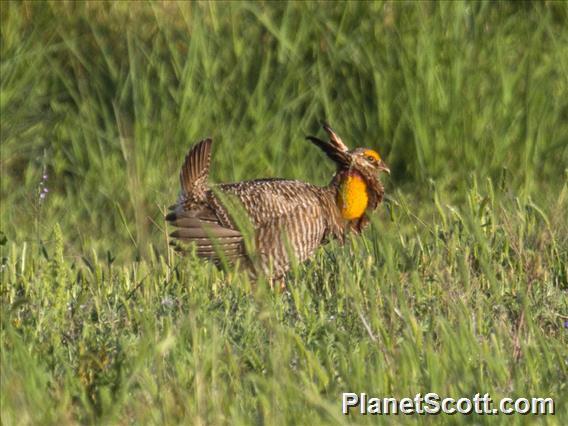Greater Prairie-chicken (Tympanuchus cupido)

Greater Prairie-chicken (Tympanuchus cupido)
×


Greater Prairie-chicken (Tympanuchus cupido)
About Greater Prairie-chicken (Tympanuchus cupido)
- Kingdom: Animals
- Phylum: Chordates
- Class: Birds
- Order: Turkey-like birds
- Family: Grouse, Turkeys, and Allies
The greater prairie-chicken or pinnated grouse, sometimes called a boomer, is a large bird in the grouse family. This North American species was once abundant but has become extremely rare or extirpated over much of its range due to habitat loss, natural disasters, and overhunting. Conservation measures are underway to ensure the sustainability of existing small populations. One of the most famous aspects of these creatures is the mating ritual called booming.
Source: Wikipedia
Lifelists
Trips
Visits
-
2013-04-20
Attwater Prairie Chicken National Wildlife Refuge, United States of America

